15 Job Loss Due to Automation Statistics & Facts: 2025 Update
-
Shea Cummings
- Last updated:
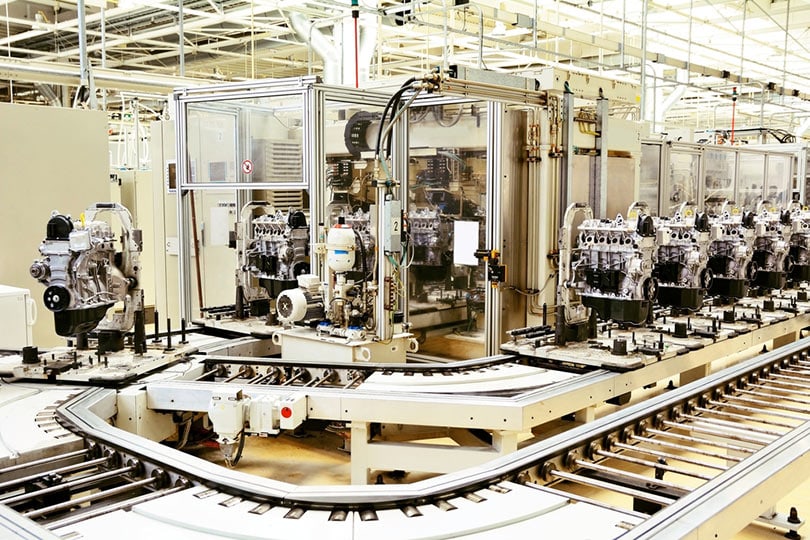
Note: This article’s statistics come from third-party sources and do not represent the opinions of this website.
In order to pay our bills and live comfortably, we need a job. No one wants to think or worry about losing their job. The problem is that people cannot match the production of machines in many instances, and production needs are going up, not down.
Below, we’ve rounded up 15 different statistics and facts to help show you just where the automation industry is headed. You’ll see that it’s not all bad because, for all the jobs that automation removes, it’s also adding new jobs and pushing people into new, unique roles.
Click below to jump ahead:
Top 15 Job Loss Due to Automation Statistics and Facts
- Around 90% of medical robots are supplied by American and European companies.
- Assistance robot sales were up 17% to $91 million in a 2020 study by World Robotics.
- From 2014 to 2019, robot sales increased by 85%. Then in 2020, they rose another 12%.
- In 2020, the World Robotics Industrial Robots report discovered that 2.7 million robots were working worldwide.
- The Boston Consulting Group (BCG) estimates that by 2025, 25% of manufacturing will be automated.
- In 2013, a study done by Oxford University estimated that in the next 10–20 years, almost 50% of jobs could be replaced by automation.
- Automation could potentially eliminate 73 million American jobs by 2030.
- Globally, up to 800 million workers could be replaced by automation by 2030.
- According to the Office of National Statistics (ONS), 70% of roles are at risk for automation or held by women.
- 36% of American jobs will have a medium amount of exposure to automation by 2030.
- Less than 5% of occupations have tasks that cannot be automated.
- AI will boost the GDP in China by around 26% by 2030.
- Automation could increase production by up to 1.4% annually around the world.
- By 2025, 50% of all employees will need to reskill or upskill.
- By 2025, the World Economic Forum (WEF) estimates that 97 million more jobs will be created.
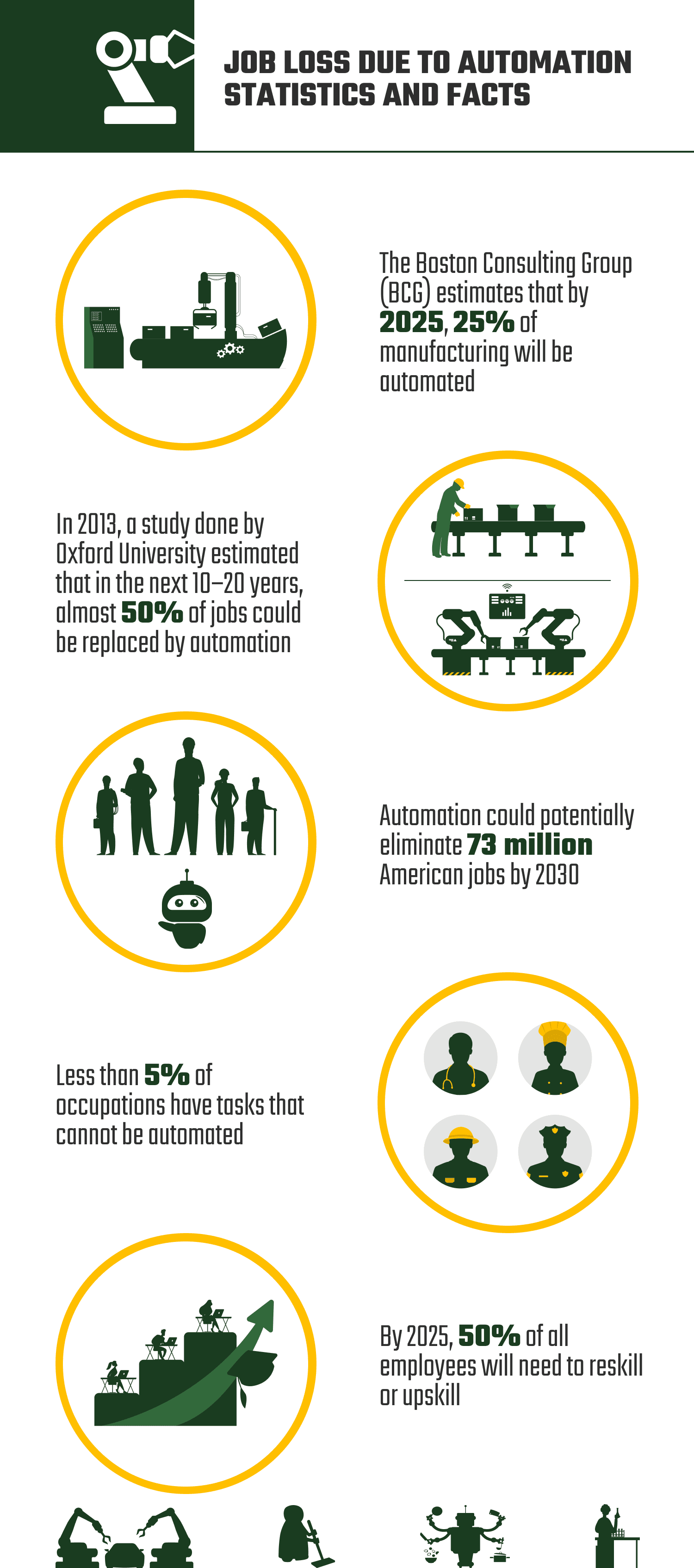
Robots Doing Our Jobs
1. Around 90% of medical robots are supplied by American and European companies.
(IFR)
How that 90% translates into dollars is to the tune of an estimated $12.6 billion in 2023. There has been tremendous growth in the medical robot sector since 2018, with sales of $4.6 billion.
By the end of 2022, the World Robotics study anticipates sales of $11.3 billion. While the growth is slowing slightly now, that’s nearly a 300% sales growth in only 5 years.

2. Assistance robot sales were up 17% to $91 million in a 2020 study by World Robotics.
(IFR)
In the same study as the medical robots, the World Robotics also saw a spike in the growth of assistance robots. These robots are high-tech pieces of technology designed to assist elderly or disabled people in their day-to-day tasks.
The market for assistance robots may not seem high compared to the medical ones. However, if you compare the 31.2 million assistance robots sold in 2021 to the 5.6 million entertainment robots sold, you see there is still a massive market for beneficial automation.
3. From 2014 to 2019, robot sales increased by 85%, then in 2020, they rose another 12%.
(IFR)
Robots have been around for a long time in some basic forms. However, technology has been growing by leaps and bounds in the last decade or so. This technology growth translates directly into increased sales.
When we see the nearly 100% jump in sales between 2014 and 2019 and then another big jump in 2020, it paints a picture of where the robotics industry is headed. Getting into robotics science could be a promising career if you want job security.
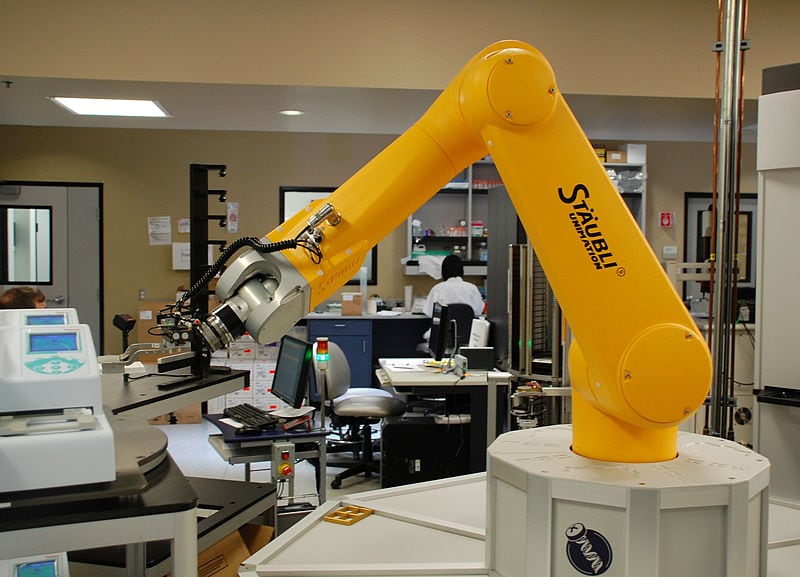
4. In 2020, the World Robotics Industrial Robots report discovered that 2.7 million robots were working worldwide.
(Industry Europe)
There are a few countries that maintain the highest use of robots. In 2019, China was at 783,000 and growing, and Japan came in under them at 355,000 robots. Then over in Europe, Germany is the highest number of robot users at 221,500 robots in operation.
What we see throughout various industries is a growing collaboration between human workers and robots. Yes, jobs are being replaced by robots. However, these same robots are also creating different jobs.
General Automation Facts and Stats
5. The Boston Consulting Group (BCG) estimates that by 2025, 25% of manufacturing will be automated.
(Business Insider)
As demand increases, production must also increase if companies want to maintain their profits year over year. Because of this, automation is an increasing necessity in many manufacturing facilities.
Unfortunately, the factory workers and retail workers are most at risk for automation replacement. However, even the high-level executive positions are not 100% safe from artificial intelligence (AI) replacement.
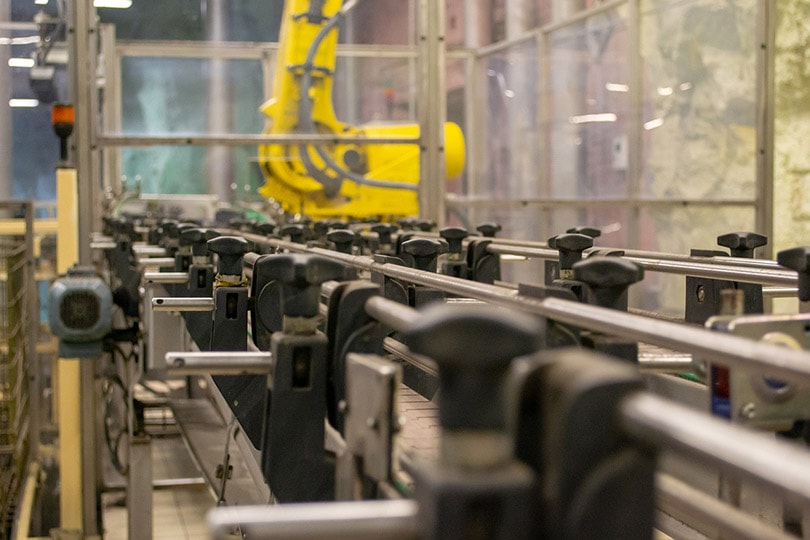
6. In 2013, a study done by Oxford University estimated that in the next 10–20 years, almost 50% of jobs could be replaced by automation.
(Economist)
This is an alarming statistic surrounding job loss due to automation. And while this will be a detriment to many people, it will also give people the chance to work on something new—maybe a lifelong dream career instead.
This same study found that around 14% of jobs spread throughout 32 different countries were vulnerable to job loss due to automation, and 32% of the jobs were less vulnerable in these same countries.
7. Automation could potentially eliminate 73 million American jobs by 2030.
(Forbes)
As shocking as the number of jobs lost is, the United States is still third on the list of estimated jobs lost by 2030. According to a study done by Forbes and Statista, the estimated potential job loss for China and India is 236 million and 120 million, respectively.
Remember that this massive loss of employment due to automation doesn’t equal no jobs to replace. So 73 million potential jobs lost in the States by 2030 doesn’t necessarily mean 73 million extra people will be unemployed.

8. Globally, up to 800 million workers could be replaced by automation by 2030.
(BBC)
China, India, and the United States are not the only three countries in the world at risk of massive job replacements due to automation. According to a study by McKinsey Global Institute on 46 countries spanning 800 occupations, they estimated that one-fifth of the global workforce will be affected.
The less wealthy countries in the world don’t have the extra money to invest in automation. As a result, these countries will see automation affect their jobs much less than wealthy countries like the United States.
9. According to the Office of National Statistics (ONS), 70% of roles are at risk for automation or held by women.
(BBC)
This interesting study done by the ONS paints an interesting picture of demographics that will be affected the most by automation. In addition to various roles held primarily by women being affected, young people and part-time workers will be next on the list.
To put this into perspective, the ONS estimates that 17% of workers affected will be between 20 and 24 years old. Then from there, each category drops drastically to 9% and lower as the worker age gets older.

10. 36% of American jobs will have a medium amount of exposure to automation by 2030.
(Brookings)
In addition to these estimates, this study by Brookings University also estimates that around 25% of American workers will experience high levels of automation exposure. And almost no occupation will be unaffected by automation technologies.
That being said, there remain some occupations that have a high degree of safety from being replaced by automation. However, that’s only accounting for current automation and AI technologies available. Who knows what will happen as technology increases.
11. Less than 5% of occupations have tasks that cannot be automated.
(McKinsey)
To put 5% into perspective, consider employment opportunities in the United States. There were around 800 occupations that employed most Americans in 2020. If the 5% holds for the states, there are only about 40 different jobs safe from automation.
In contrast, according to McKinsey, around 60% of occupations could have one-third of their operations automated. So, you can expect to see some massive shifts in the workplace as a whole in the coming years.

Automation Profits and Jobs
12. AI will boost the GDP in China by around 26% by 2030.
(PWC)
On the one hand, automation seems scary, like robots are replacing us. But on the other hand, there is a lot of good that comes from it in an economic sense. In addition to the substantial GDP increase for China, North America will also see a 14.5% increase by 2030.
Between these two alone, that translates into a $10.7 trillion increase that accounts for nearly 70% of the economic impact that automation will have worldwide.
13. Automation could increase production by up to 1.4% annually around the world.
(McKinsey)
We discussed earlier how demand for production was going up, not down. Through a study they did several years ago, McKinsey estimates that production will go up as automation increases.
With that in mind, the occupations most at risk for production-based automation are physical jobs in predictable and static environments. Much manufacturing is already automated, which will only increase as the years go by.
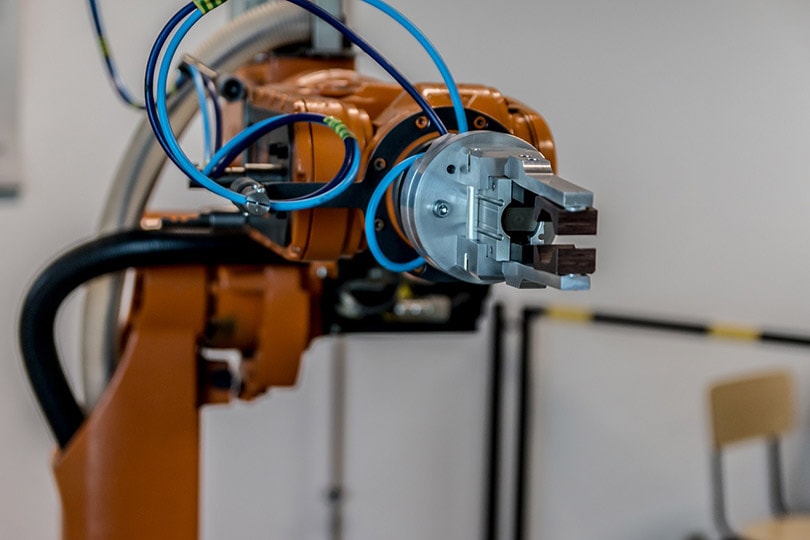
14. By 2025, 50% of all employees will need to reskill or upskill.
(WeForum)
A couple of years ago, the WEF started the Reskilling Revolution initiative. This initiative aims to train one billion workers by 2030 that will possess skills that cannot be automated.
With this in mind, they estimate that of all the jobs lost due to automation, around 12 million more will be created through initiatives like the Reskilling Revolution.
15. By 2025, the World Economic Forum (WEF) estimates that 97 million more jobs will be created.
(CNBC)
As automation gets rid of certain jobs, it does two things. First, it creates demand for other jobs where there wasn’t a lot of demand previously. Secondly, it creates new jobs that didn’t exist before this world of automation.
For example, jobs such as data entry or accountants become unneeded, but demand for other roles like AI specialists or software developers goes through the roof. So, as people lose their jobs, they are left with the opportunity to reskill for a new—possibly better—career.
Frequently Asked Questions About Job Loss Due to Automation
What is automation?
In a nutshell, automation is a task being performed by a machine that a human once did. This can come in several forms, such as robots or other AI. It can also come in the form of something like a CNC machine. (Britannica)
AI technology is increasing by leaps and bounds; we are living on the cusp of the most extraordinary part of the technological age.
When did automation start?
It might come as a surprise to learn that automation has been around for over 5,000 years. People have always been searching for more productive ways to get things done. Today’s automation looks a lot different than it did 5,000 years ago, but the intent is still the same—get more done in less time. (IBM)
What is the biggest disadvantage to automation?
As we’ve discussed, job loss is a major disadvantage to automation. Even if a person is able to retrain for a new career, that takes time and adds stress to their lives. Other than the obvious, the significant investment required to automate is huge. An automated manufacturing system can cost millions of dollars. (Britannica)
Is automation a good career?
You know the old saying, ‘if you can’t beat them, join them?’ If you think your job might get replaced and want to get ahead of the curve, maybe consider getting into automation engineering. If you have programming knowledge and enjoy overcoming challenges, then it may be a career for you, and it pays decently. (Indeed)

Conclusion on Job Loss Due to Automation
Professionals have been warning about automation causing job loss for many years. On the one hand, we are starting to see that happen at an alarming rate as technology improves. However, on the other hand, automation is opening up some interesting career opportunities as well.
At the end of the day, we need to realize that there are always some negatives in every case of advancement throughout history. Human beings are resilient, and we always find a way to come through the other side better for it.
See also: 16 Job Satisfaction Statistics and Facts
Featured Image Credit: Hamik, Shutterstock
Contents


